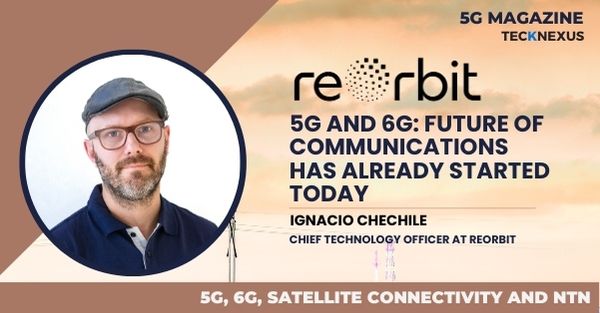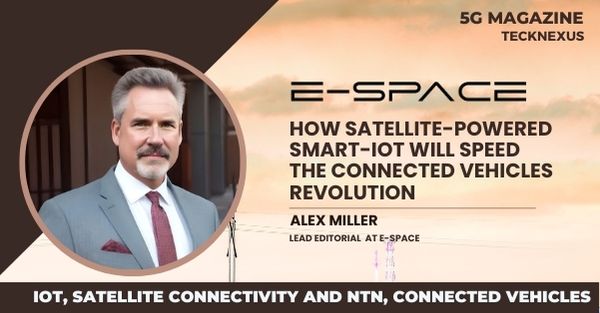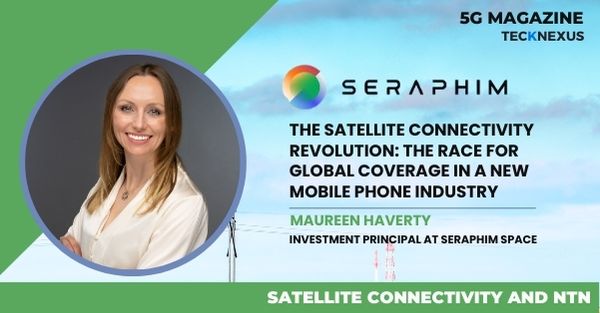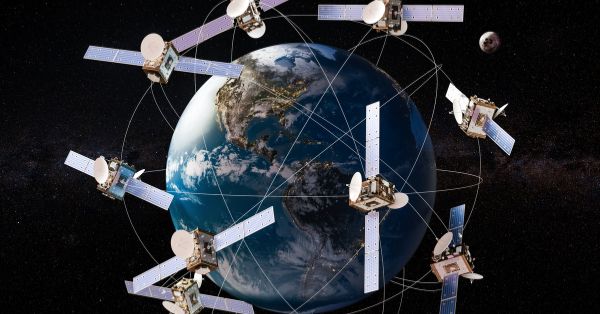Paris, France – Tuesday 18th July 2023 – Cablenet, the fastest-growing telco provider in Cyprus, has selected and deployed Infovista’s Ativa™ automated assurance and operations solution for customer experience assurance across its fixed and mobile networks. Cablenet delivers the quadplay of fixed, mobile, internet, and digital TV services and is the leading brand in overall Customer Satisfaction (CSAT) and with the highest Net Promoter Score (NPS) in the Cypriot telecom market.
Cablenet has deployed Ativa Experience, a module within Infovista’s cloud-native Ativa suite of automated assurance and operations solutions, for the core network monitoring of its 2G/3G/4G, IMS, and fixed networks. Ativa Experience provides Cablenet’s customer care and NOC/SOC teams with powerful and actionable insights into their subscribers’ end-to-end experience. This enables these teams to proactively monitor, identify, prioritize, and resolve any customer-impacting issue.
Panayiotis Kouloumbrides, Cablenet Chief Core Networks Officer stated: “Cablenet is seeing record growth, adding 40% in our overall subscriber base in the last year alone, including 102% growth in mobile subscriptions. But this rapid growth brings challenges. First and foremost, we need to ensure that our customers’ experience remains front and center of everything that we do. This includes everything from how we plan, deploy and optimize our mobile networks, to how we proactively assure the quality of our end-to-end customer experience. Infovista is a trusted partner for Cablenet and it gives the whole organization the confidence it needs to not just continue our rapid growth, but to look to new opportunities such as 5G.”
Cablenet works with Infovista across the network lifecycle, using Infovista’s Planet for RF planning and optimization, TEMS™ Investigation, TEMS Pocket, and TEMS Paragon for the testing, troubleshooting and benchmarking of its mobile networks, and now Ativa Experience for customer experience intelligence throughout its core network.
Renata da Silva, Infovista VP Product Automated Assurance, said: “It’s not enough to simply have KPIs. To deliver market-leading customer experience, operators need real-time alerting and actionable insights into their subscribers’ behaviours, trends, preferences and perceived quality. From benchmarking network performance to assuring superior customer satisfaction, Infovista is working with Cablenet teams across planning, testing and operations to give them the data and insight they need to support their business goal of delivering a world-class experience for all their customers. As they look to future 5G cloudified networks, Cablenet can trust this solution will cover their organizational cloud-native needs both from a deployment and functionality perspectives.”
Infovista’s cloud-native portfolio spans network planning, testing, and automated assurance and operations solutions, providing a unique position to bring synergies into traditionally siloed teams and systems across the network lifecycle. Built on a single NLA Cloud Platform™ that unifies network planning, testing, and assurance and reduces the footprint of previously siloed architectures, Infovista’s cloud-native solutions deliver unprecedented insights while streamlining operations and reducing management overhead. Infovista’s solutions support 5G in and across all lifecycle phases.
For more information on Infovista’s cloud-native Ativa Suite for automated assurance and operations, please visit: https://www.infovista.com/products/automated-assurance-operations/ativa-suite
About Cablenet
Cablenet Communication Systems PLC, one of the largest telecommunications providers in Cyprus, has a proprietary infrastructure and range, thus providing comprehensive telecommunications solutions that include Internet services, Fixed and Mobile services, as well as TV services that are rich in sports and entertainment content. Cablenet has managed to build a unique telecommunications network using both Docsis 3.1 Hybrid Fibre Coaxial (HFC) and GPON/XGSPON Fiber to the Home, capable of providing broadband access speeds of 1Gbps and beyond whilst simultaneously supporting multiple HD TV channels.



















